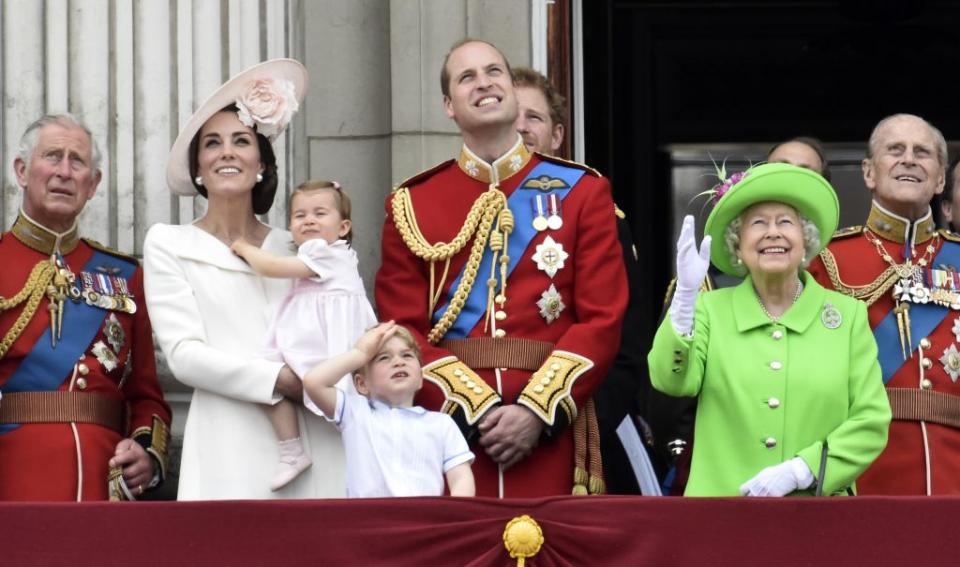Britain celebrates the Queen’s birthday two months after she was born

Queen Elizabeth II was born on April 21, 1926, so logic suggests that celebrations for her birthday would take place on this day. Right?
Not quite. A quick internet search brings up plenty of conflicting information. The Queen may have been born in April, but her “official” birthday is actually this Saturday (June 17)—and according to tradition it should have been last week, if not for a birthday clash within the family.
If you find this puzzling, you’re not alone.
Why does the Queen have two birthdays?
British monarchs haven’t always celebrated their birthdays twice a year, but it has now become the norm. The tradition started with Edward VII, who ruled between 1901 and 1910. He feared that the weather would be too inclement to celebrate his birthday, which was in November. Moving the date to the summer seemed like a more sensible option, increasing the chance of a warm, sunny day for the British public to mark the occasion.
Edward’s successor, George V, had no need for two birthdays as he was born in June, but George VI—Queen Elizabeth’s father—reverted to the two birthday rule. The Queen, although her birthday falls in the spring, has chosen to keep it up. Celebrations usually take place on the second Saturday in June, but this year’s celebrations were delayed by a week to avoid a clash with the birthday of another senior member of the royal family, the Duke of Edinburgh.
How will Brits be celebrating the big day?
With a big procession and plenty of flag waving, that’s how.
Every year, a procession known as Trooping the Color, makes its way from Buckingham Palace to Horse Guard’s Parade, the official entrance to St James’ Park and the palace. Around 1400 soldiers and hundreds of horses and musicians take part in the parade—and it’s quite a spectacle.
Celebrations conclude with a fly-past, when the Royal Air Force flies over Buckingham Palace, with the royal family watching from the famous balcony.
People line up along the streets to watch the parade or apply for a ticket to sit in the stands around Horse Guard’s Parade. The BBC also broadcasts the procession for those unable to make the trip to London, with coverage beginning this Saturday (June 17) from 10.30am BST.

Sign up for the Quartz Daily Brief, our free daily newsletter with the world’s most important and interesting news.
More stories from Quartz:

 Yahoo Finance
Yahoo Finance 